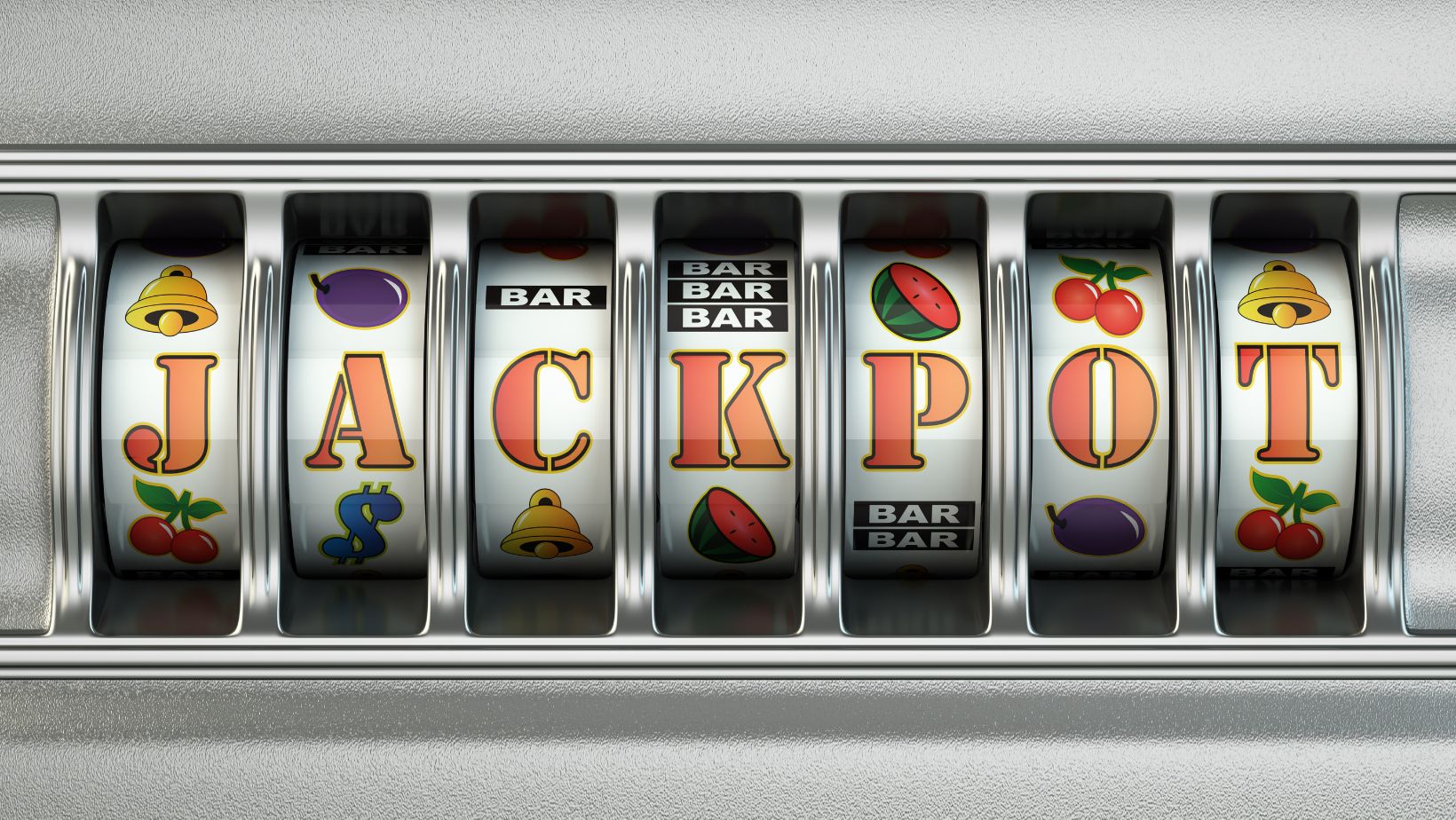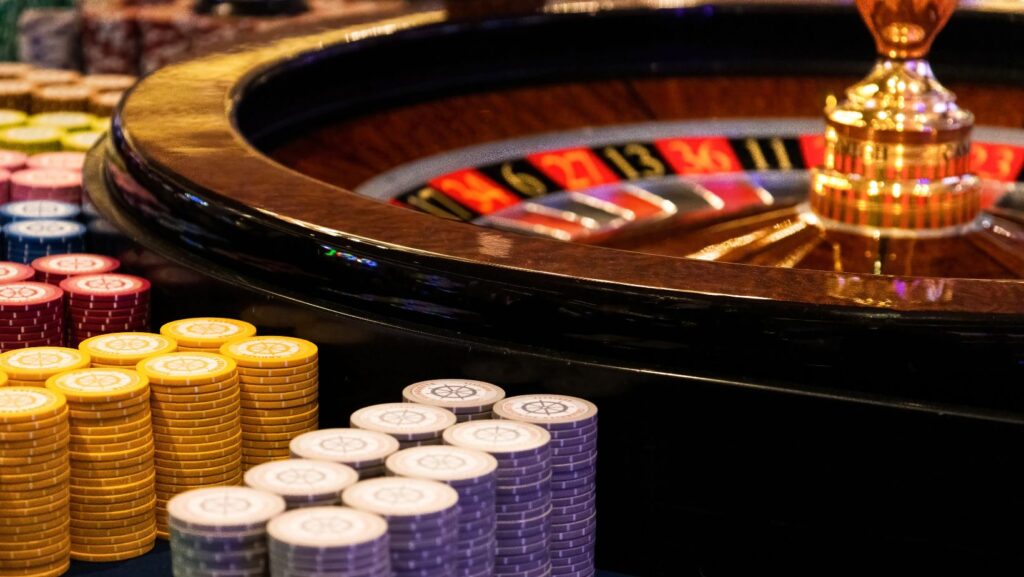Few events in the always changing realm of digital entertainment really excite players like the sensation of interacting with electronic gaming machines. These interesting platforms provide not only a possibility to win but also a special mix of chance, strategy, and pleasure. Many players, particularly with relation to their payout cycles, nevertheless frequently ask about the mechanics behind these games. The gaming experience can be much improved by knowing how many spins it usually requires to reach a machine’s payout cycle. This research will probe the nuances of reward cycles, their influencing elements, and techniques players could use to enhance their enjoyment.
The Foundations Of Payout Cycles
Every electronic game machine runs on a set payment cycle that controls wins according to the amount paid-for. Combining the design of the game, the random number generator, and the set payout percentages shapes this cycle. Often known as the return-to-player rate, the payout percentage shows the average amount a player can hope to gain back over time from their wagers. Payback cycles derive their roots in probability. Although system technology influences every spin as an independent event, knowing trends and patterns helps one to estimate the frequency of machine payment. These patterns, then, provide a window into the mechanisms at work rather than a guarantee of results.
Appreciating The Random Number Generator
Any electronic pragmatic slot machine is fundamentally driven by the system. For every spin it produces random results that guarantee fair and unpredictable outcomes. This technology runs constantly even in non-use of the machine.

Every spin, then, is an autonomous event, thus past results have no bearing on future ones. Given this random character, it is difficult to determine exactly how many spins one needs to enter a payment cycle. Based on its design and programmed settings, any gaming machine could have another payment cycle. Furthermore influencing a player’s speed to strike a payout are changes in gaming, player strategy, and different stake amounts.
The Impact Of Game Design
The payout cycle of a machine depends much on the design of the games. Bonus rounds, free spins, and multipliers are among the elements developers use that could affect payment frequency and amount. While some machines might provide less frequent but more significant rewards, others might have more frequent, lower payouts. Before using a machine, players should become familiar with its features and policies. Knowing these factors will enable individuals to modify their games and better estimate how often they might be expecting payments. Frequent bonus rounds on machines, for example, could let players reach jackpots faster than on those with a more conventional design.
Techniques For Optimal Gaming Experience
Although the precise count of spins required to enter a payment cycle is unknown, players can use specific techniques to improve their whole experience: Create a budget and commit yourself to follow it before beginning playing. This strategy guarantees that players may get the experience without overspending. Invest some time investigating several machines and their respective payout percentages and volatility ranges. Choose tools that fit risk tolerance and personal taste. Use bonuses and promotions available on many sites to get extra spins or incentives to play. Making use of these offerings helps to maximize the possibility for reaching payout cycles without more expenditure. Practice responsible play; players should keep in mind that electronic machines are meant for enjoyment even if the attraction of winning can be strong. A more fun experience results from understanding when to stop and from practicing responsible play.
The Value Of Tenacity And Patience
Usually reaching the payout cycle for a machine calls for some patience.

Players should understand that results could differ greatly depending on one session to another. A player may lose a lot of money, only to later on strike a significant reward. The secret is to keep tenacious and appreciate the experience instead of concentrating only on possible gains.
Conclusion
In essence, knowing the fundamental ideas improves the gaming experience even if figuring the precise number of spins required to achieve a machine’s payment cycle is challenging. payment behavior of a machine is much shaped by elements including the random number generator, payment percentages, volatility, and game design. Effective techniques, control of expectations, and acceptance of the volatility of the gaming experience help players to maximize their chances of reaching payment cycles and yet enjoy the excitement of electronic gaming machines. The trip is ultimately just as vital as the goal, hence every turn offers chances for adventure and involvement.


